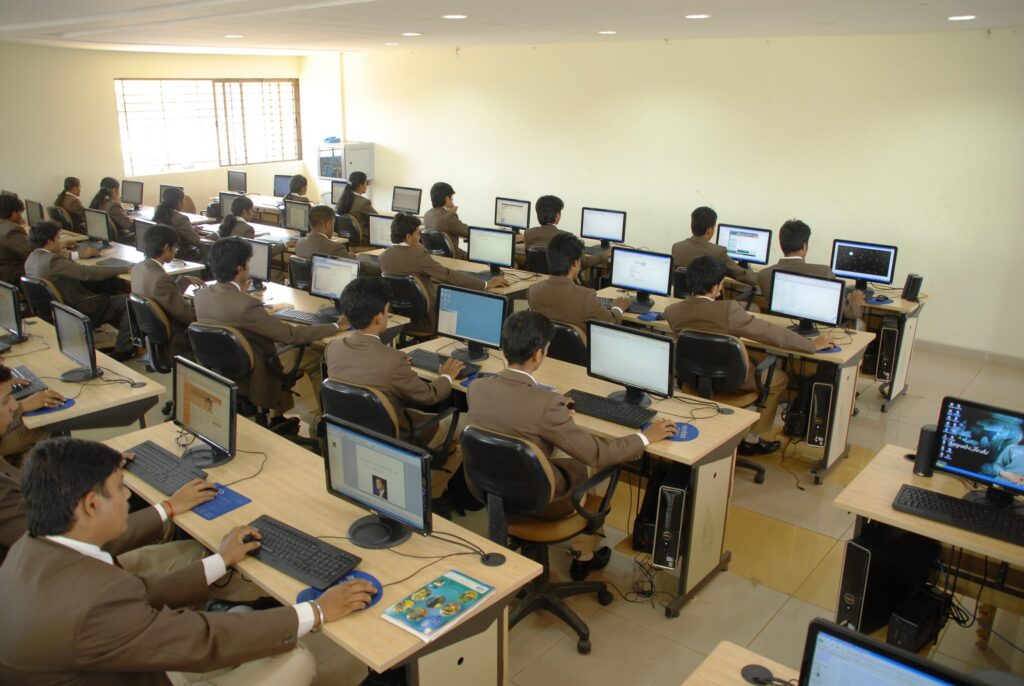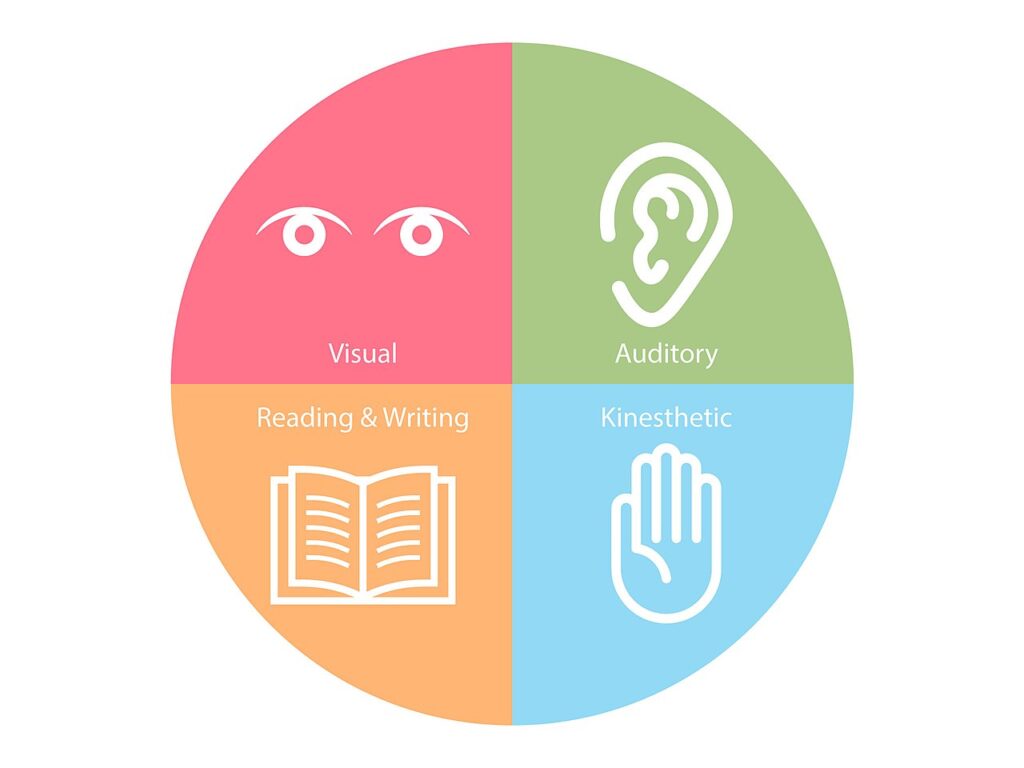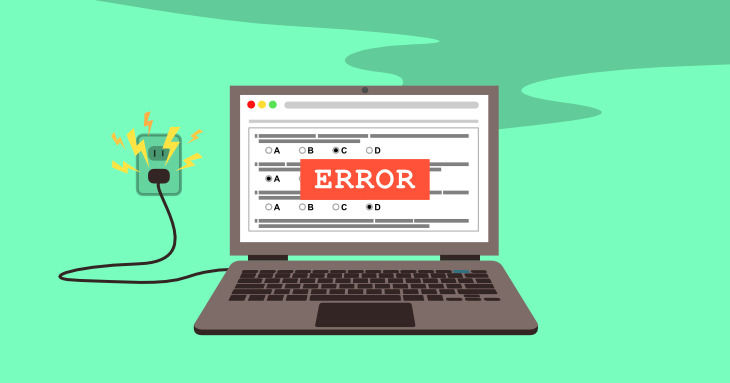Virtual University of Pakistan (VU) is well-known for providing flexible, affordable, and accessible education through distance learning. It offers a great opportunity for students who want to continue their education without attending traditional classrooms. However, like any educational system, Virtual University has its drawbacks.
In this detailed guide, we will explore the disadvantages of Virtual University so that students can make informed decisions before enrolling.
1. Lack of Face-to-Face Interaction

One of the biggest disadvantages of Virtual University is the absence of direct, face-to-face interaction with teachers and classmates.
In traditional universities, students can easily meet professors during office hours, ask questions in class, and engage in discussions.
At VU, learning takes place through recorded lectures and the Learning Management System (LMS).
This lack of personal interaction may affect:
- Confidence in asking questions
- Clarity in difficult subjects
- Building connections and networks
2. Self-Discipline is a Must

In Virtual University, students must be highly self-disciplined and motivated. Since there are no physical classes or daily lectures, it is up to the student to:
- Watch recorded lectures
- Complete assignments on time
- Prepare for quizzes and exams
Many students struggle to maintain a regular study schedule. Procrastination can lead to falling behind, which is hard to recover from in a distance learning setup.
3. Limited Practical and Lab Work

For technical programs like Computer Science, Information Technology, and Engineering-related courses, practical work is essential.
VU provides virtual labs and some workshops at physical campuses, but these are limited compared to traditional universities.
Students may feel:
- They lack hands-on experience
- Difficulty in mastering practical skills
- Challenges in job markets where practical expertise is required
Also Checkout: How does Virtual University take exams?
4. Networking Opportunities Are Limited

Traditional universities provide a social environment where students build friendships, join clubs, attend seminars, and create lifelong networks.
At Virtual University, there are no campuses for regular meetups or co-curricular activities.
Students may feel isolated, and their professional network may grow slower compared to students in physical universities.
5. Not Suitable for Every Learning Style

Some students learn better through interactive teaching, discussions, and group work.
- VU mostly offers recorded video lectures and self-study materials.
- There is no live teaching for most subjects.
If a student prefers interactive learning or requires constant guidance, they may find VU challenging.
6. Limited Support for Weak Students

In a physical university, weak students often receive extra help through remedial classes, study circles, and direct faculty support.
At VU, students with poor performance must rely on:
- FAQs
- Recorded lectures
- Forum discussions
There is no direct tutoring or immediate one-on-one support available in most cases.
7. Technical Issues

Since all learning and communication depend on technology, technical problems can cause serious issues.
- Poor internet connection can disrupt your study schedule.
- LMS downtime (though rare) may cause frustration.
- Computer malfunctions during exams can add stress.
8. No Campus Life Experience

Campus life is often considered an important part of a student’s personal growth.
At VU, students miss:
- Campus festivals
- Sports activities
- Student unions
- Group projects in physical settings
This can limit personal development beyond academic learning.
Final Thoughts
Virtual University offers many benefits like flexibility, affordability, and accessibility, but it also comes with disadvantages. Students must weigh the pros and cons before making a decision.
If you can manage self-discipline, have reliable internet, and don’t mind missing campus life, VU can be a great choice. Otherwise, you may want to consider other options that offer more direct interaction and practical exposure.








